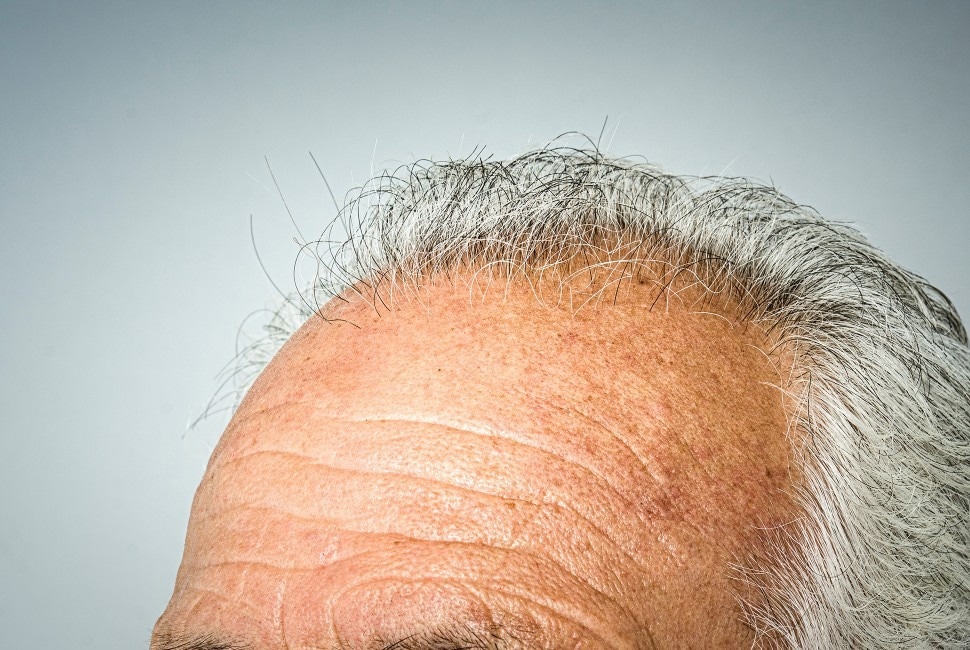Reviewed by Danielle Ellis, B.Sc.Jun 6 2023
According to a recent Northwestern Medicine study, hair follicle stem cells also turn rigid with age, making it harder for them to generate hair, just like people’s joints can stiffen and become more difficult for them to move around.
 The Northwestern study demonstrates the possibility of stimulating hair growth by regulating cell mechanics in existing stem cells. Image Credit: Northwestern University
The Northwestern study demonstrates the possibility of stimulating hair growth by regulating cell mechanics in existing stem cells. Image Credit: Northwestern University
However, the researchers discovered that the stem cells of the hair follicle are more likely to create hair if they are softened.
Northwestern researchers figured out the technique to reactivate hair growth in those stem cells by softening them. In a study on mice that was just published in PNAS, the researchers claim that they can soften the stem cells by increasing the synthesis of a small RNA called miR-205, which relaxes the cells’ rigidity.
More miR-205 was produced by the stem cells after genetic manipulation by researchers, which encouraged hair development in both young and elderly mice.
They started to grow hair in 10 days. These are not new stem cells being generated. We are stimulating the existing stem cells to grow hair. A lot of times we still have stem cells, but they may not be able to generate the hair.”
Rui Yi, Study Corresponding Author and Paul E. Steiner Research Professor, Pathology and Dermatology, Feinberg School of Medicine, Northwestern University
Yi added, “Our study demonstrates the possibility of stimulating hair growth by regulating cell mechanics. Because of the potential to deliver microRNA by nanoparticles directly into the skin, next we will test whether topically delivered miR-205 can stimulate hair growth first in mice. If successful, we will design experiments to test whether this microRNA can promote hair growth potentially in humans.”
Genetically modified mouse models were used for this study. To quantify stiffness and see cell responses in live animals, the researchers employed cutting-edge microscopy techniques including atomic force microscopy and two-photon microscopy.
Source:
Journal reference:
Wang, J., et al. (2023). MicroRNA-205 promotes hair regeneration by modulating mechanical properties of hair follicle stem cells. PNAS. doi.org/10.1073/pnas.2220635120